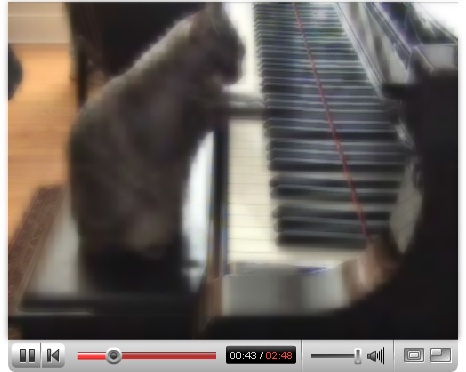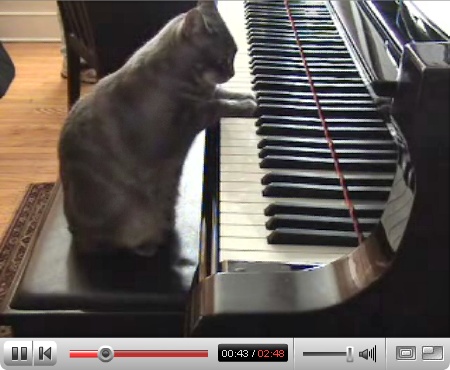YouTube
YouTube, of course, is the stratospherically popular video-sharing Web site, where people post short videos of every description: funny clips from TV, homemade blooper reels, goofy short films, musical performances, bite-sized serial dramas, and so on. YouTube's fans watch 100 million little videos a day.
The YouTube application was the last one added to the iPhone. It wasn't even on the demo iPhone that Steve Jobs used when he unveiled the phone in January 2007. (In fact, when it finally was added in June, just before the iPhone went on sale, it merited an Apple press release all its own.)
Of course, you already have a Web browser on your iPhone—Safari. Why not just go to YouTube in the Web browser, the way millions of other people do?
Mainly because of Flash.
Long story: Most YouTube movies are in a format called Flash, which iPhone 1.0 doesn't recognize. Flash video, at least in YouTube's version, doesn't look so great, anyway. YouTube videos are famous for their blurry, mushy look.
So Apple approached YouTube and made a radical suggestion: Why not re-encode all of its millions of videos into H.264, a much higher quality format that, coincidentally, is playable on the iPhone and the Apple TV?


Amazingly enough, YouTube agreed. (Chalk one up for Steve Jobs' reality distortion field.) ...
Get iPhone: The Missing Manual now with the O’Reilly learning platform.
O’Reilly members experience books, live events, courses curated by job role, and more from O’Reilly and nearly 200 top publishers.

